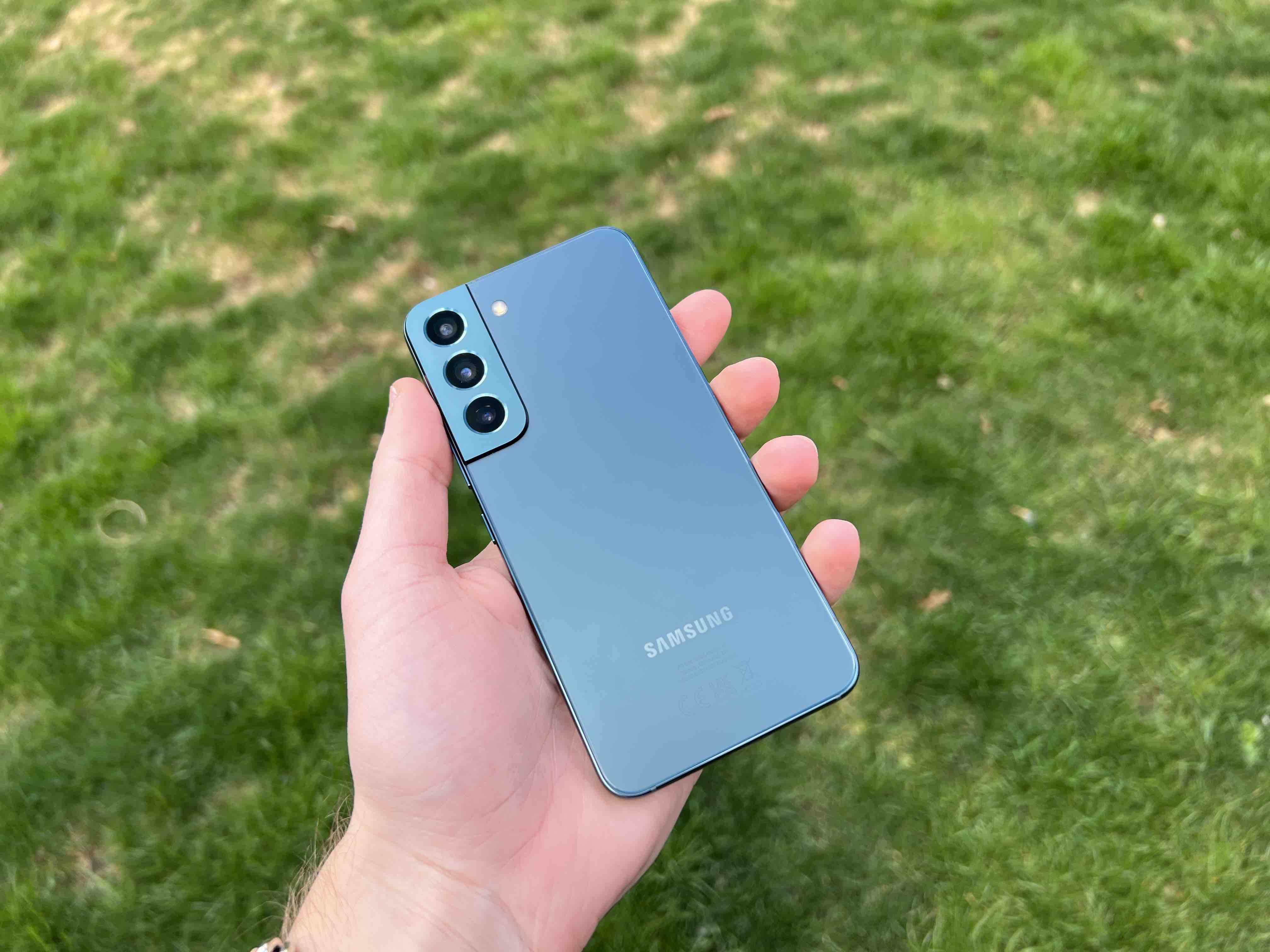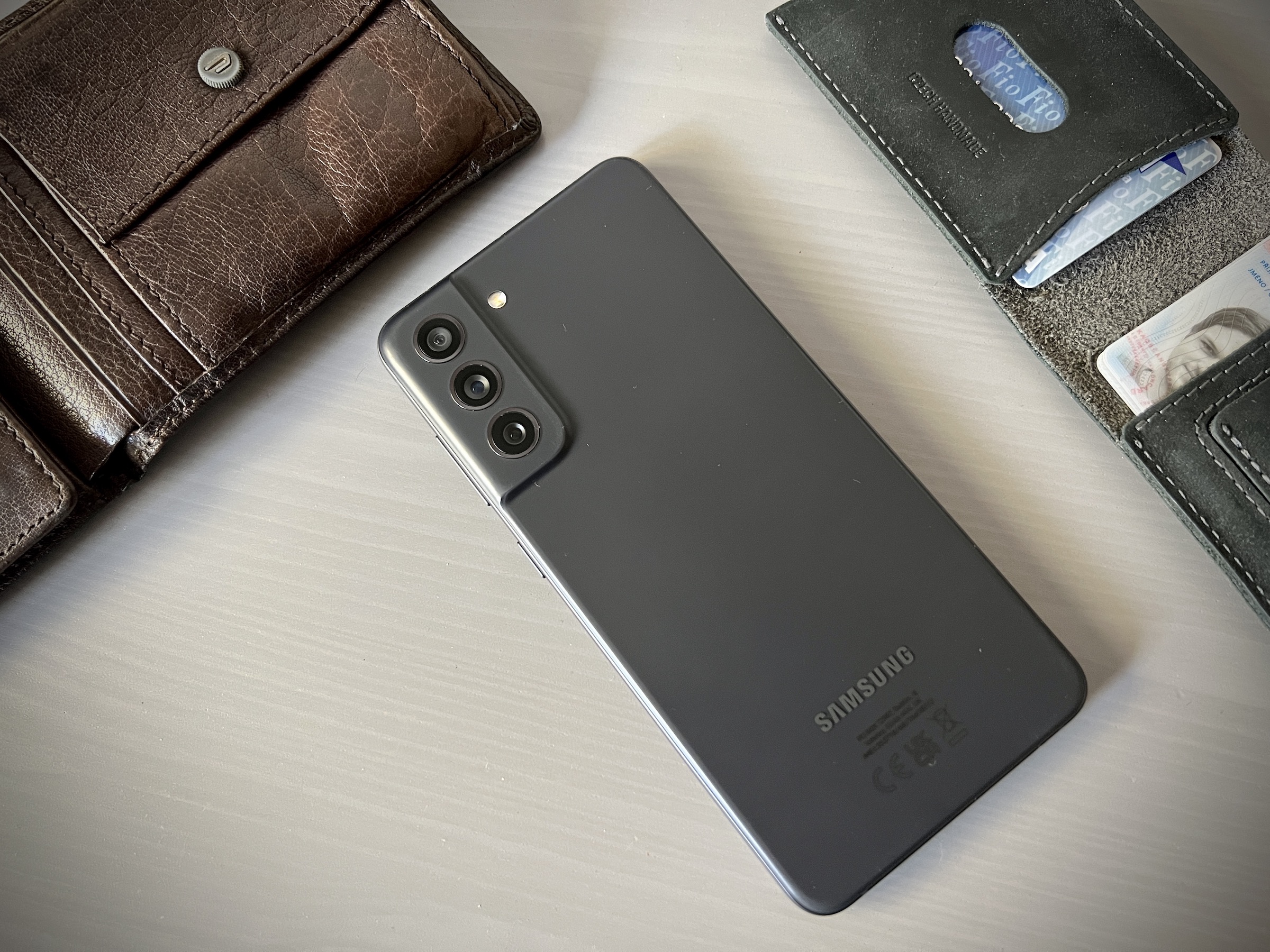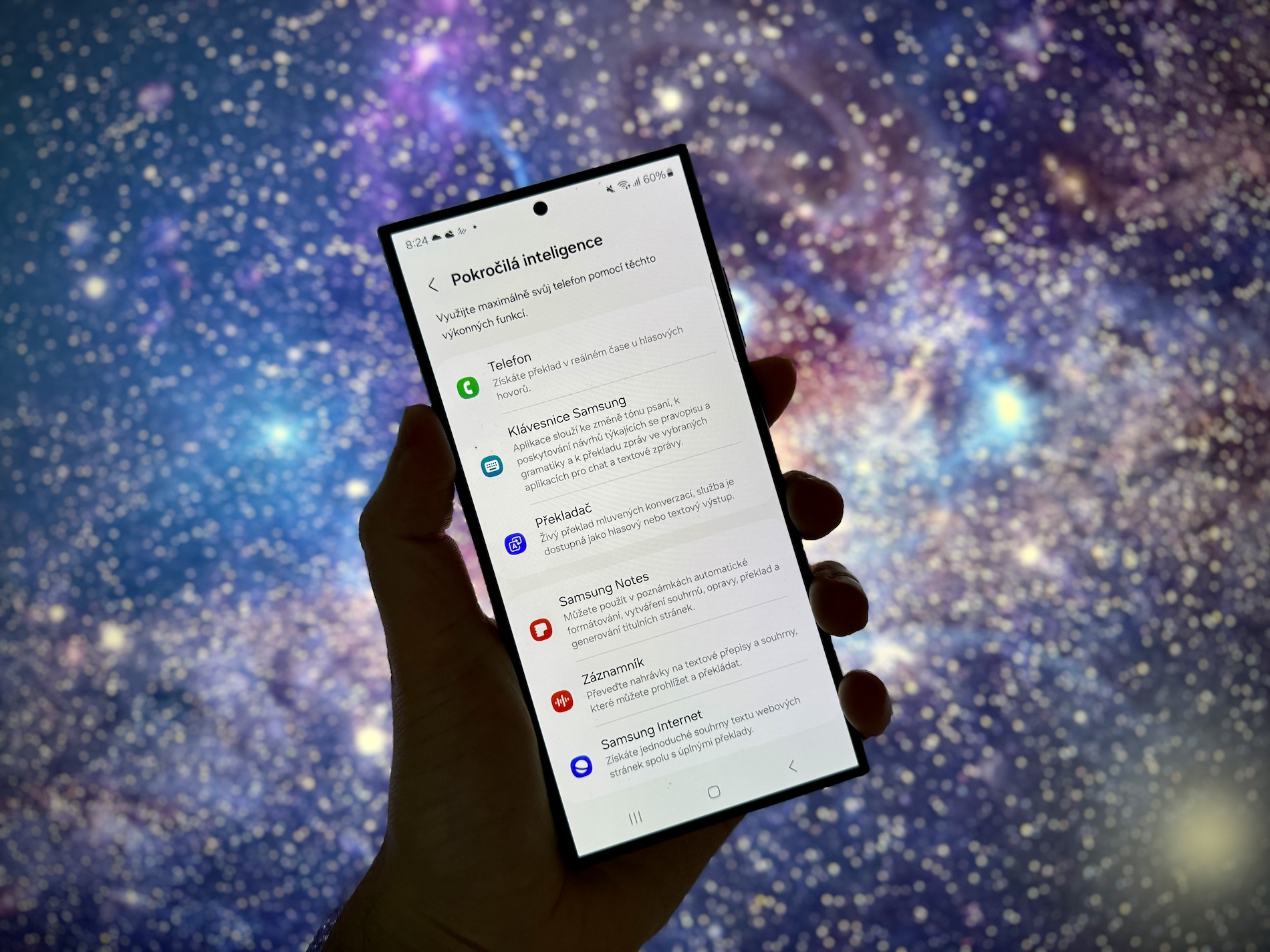The head of Instagram, Adam Mosseri, published the first post on the Instagram blog on Tuesday about the principles on which this social network works. According to him, there are many misconceptions about it and his team realizes that they can do more to better understand it. He also refuted accusations of intentionally hiding certain contributions.
The first in a series of posts came out at the start of the Creators Week event to help build their brands on the platform. Mosseri tries to answer questions like “How Instagram decide what will be shown to me first? Why do some posts get more views than others?'
Right at the beginning of the announcement, he told the public what it was algorithm, because according to him it is one of the main ambiguities. “Instagram doesn't have one algorithm that oversees what people do and don't see on the app. We use different algorithms, classifiers and processes, each with its own purpose,” he explains.
He also commented on the change in order of posts in the Feed. When the service launched in 2010, Instagram had a single stream that sorted photos in chronological order, but that has changed over the years. With the increasing number of users, more sharing began, and without the new sorting according to relevance, people would stop seeing what they are really interested in. He added that most Instagram followers won't see our posts anyway because they look at less than half of the content in the Feed.
He divided the most important signals according to which Instagram recognizes what we want to see as follows:
Informace about the contribution – Signals about how popular a post is. How many people like it, when it was posted, if it's a video, the length, and in some posts, the location.
Informace about the person who posted – Helps to get an idea of how interesting the person may be to the user, including interactions with the person over the past weeks.
Activity – It helps Instagram understand what users might be interested in and takes into account how many posts they've liked.
History of interaction with other users – It gives Instagram an idea of how interested you are in viewing posts from a particular person in general. An example is if you comment on each other's posts.
Instagram then evaluates how you might interact with the post. "The more likely you are to take an action, and the more we weight that action, the higher you'll see the post," Mosseri said. A more detailed explanation can be expected with the arrival of other series.







